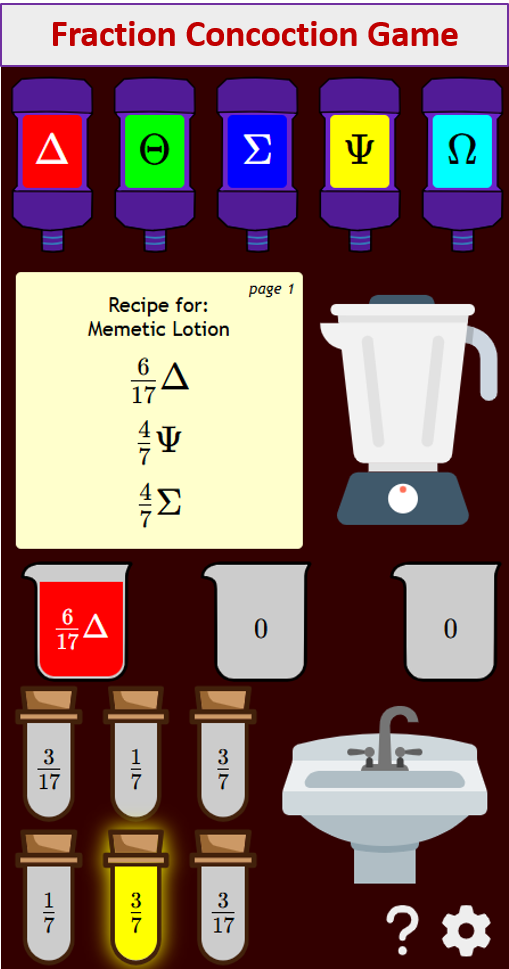Sine and Cosine of Complementary and Special Angles
Related Topics:
Lesson Plans and Worksheets for Geometry
Lesson Plans and Worksheets for all Grades
More Lessons for Geometry
Common Core For Geometry
New York State Common Core Math Geometry, Module 2, Lesson 27
Sine and Cosine of Complementary and Special Angles
Classwork
Example 1
If 𝛼 and 𝛽 are the measurements of complementary angles, then we are going to show that sin 𝛼 = cos 𝛽.
In right triangle 𝐴𝐵𝐶, the measurement of acute angle ∠𝐴 is denoted by 𝛼, and the measurement of acute angle ∠𝐵 is
denoted by 𝛽.
Determine the following values in the table:
What can you conclude from the results?
Exercises 1–3
- Consider the right triangle 𝐴𝐵𝐶 so that ∠𝐶 is a right angle, and the degree measures of ∠𝐴 and ∠𝐵 are 𝛼 and 𝛽,
respectively.
a. Find 𝛼 +𝛽.
b. Use trigonometric ratios to describe 𝐵𝐶/𝐴𝐵 two different ways
c. Use trigonometric ratios to describe 𝐴𝐶/𝐴𝐵 two different ways.
d. What can you conclude about sin 𝛼 and cos 𝛽?
e. What can you conclude about cos 𝛼 and sin 𝛽? - Find values for 𝜃 that make each statement true.
a. sin 𝜃 = cos (25)
b. sin 80 = cos 𝜃.
c. sin 𝜃 = cos (𝜃 + 10)
d. sin (𝜃 − 45) = cos (𝜃) - For what angle measurement must sine and cosine have the same value? Explain how you know.
Example 2
What is happening to 𝑎 and 𝑏 as 𝜃 changes? What happens to sin 𝜃 and cos 𝜃?
Example 3
There are certain special angles where it is possible to give the exact value of sine and cosine. These are the angles that
measure 0°, 30°, 45°, 60°, and 90°; these angle measures are frequently seen.
You should memorize the sine and cosine of these angles with quick recall just as you did your arithmetic facts.
a. Learn the following sine and cosine values of the key angle measurements.
We focus on an easy way to remember the entries in the table. What do you notice about the table values?
This is easily explained because the pairs (0,90), (30,60), and (45,45) are the measures of complementary angles.
So, for instance, sin 30 = cos 60.
b. △ 𝐴𝐵𝐶 is equilateral, with side length 2; 𝐷 is the midpoint of side 𝐴𝐶. Label all side lengths and angle
measurements for △ 𝐴𝐵𝐷. Use your figure to determine the sine and cosine of 30 and 60.
c. Draw an isosceles right triangle with legs of length 1. What are the measures of the acute angles of the
triangle? What is the length of the hypotenuse? Use your triangle to determine sine and cosine of the acute
angles.
Parts (b) and (c) demonstrate how the sine and cosine values of the mentioned special angles can be found.
These triangles are common to trigonometry; we refer to the triangle in part (b) as a 30–60–90 triangle and the triangle
in part (c) as a 45–45–90 triangle.
Exercises 4–5
- Find the missing side lengths in the triangle.
- Find the missing side lengths in the triangle.
Try out our new and fun Fraction Concoction Game.
Add and subtract fractions to make exciting fraction concoctions following a recipe. There are four levels of difficulty: Easy, medium, hard and insane. Practice the basics of fraction addition and subtraction or challenge yourself with the insane level.

We welcome your feedback, comments and questions about this site or page. Please submit your feedback or enquiries via our Feedback page.